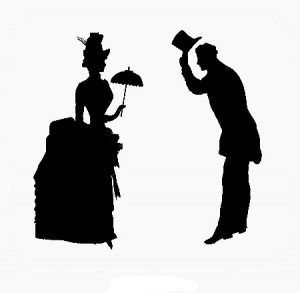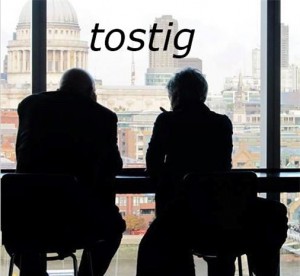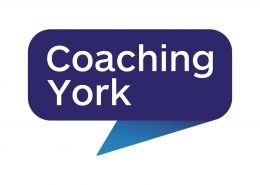Walk the talk
“You can talk the talk but can you walk the walk?”

Introducing “embodied language skills“
As far back as we can trace, notions of proper conduct have been shaped by individuals, rather than by committees. Their starting point has been behaviour – often at mealtimes or during the public “stroll” – which has been seen as a reliable indication of how people are likely to behave elsewhere and of their character.
In a culture where civility, integrity and respect are given high status, the words that we use and the way we behave cannot be separated.

From the film “Kingsman”
When we speak, we also act. There is an inescapable link between our choice of words and their specific intent.
If it is cold in the room, we could say “It’s cold in here, can someone close the window please?”; or we could say; “Who left the window open?”; “Does anybody mind if I close the window?” even “It’s a bit chilly isn’t it, does anyone feel the same as me?” or “Why don’t you close that window for me?”
Whether we like it or not, how we are viewed by others is a combination of how we choose to dress, groom ourselves, eat, stand, walk, and move, and how we speak.
Some say “Manners maketh Man”.
In learning a language, well, and making strong positive impressions on others, this is not simply a matter of learning certain cultural “rules” or “customs” – thought these are certainly useful to know – but in identifying how we wish to fit into a situation and what our own values and sense of identity are.
The “embodied” skills that surround leadership and other powerful roles, come with a range of language registers and techniques.
We provide Personal Action Plans to bring to bear the latest tried and tested ideas of Neuroplasiticity, Integration training, Somatic coaching, Leonard Energy Training and the very important U-Theory, incorporating ‘the Blind spot of leadership’ and ‘Leading from the emerging future’.








